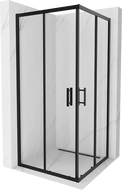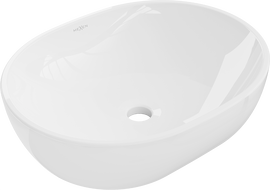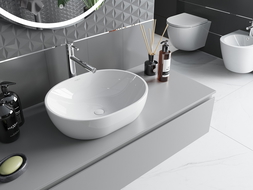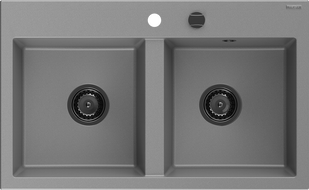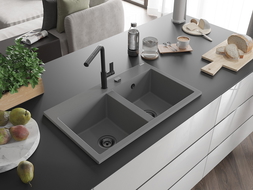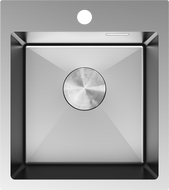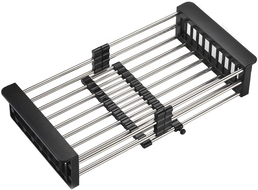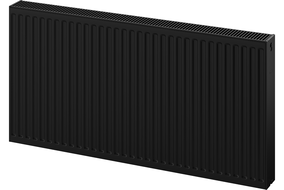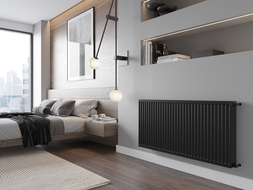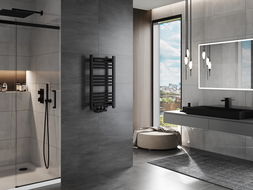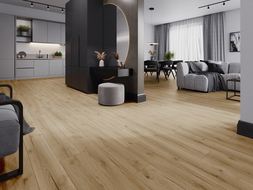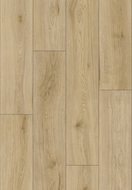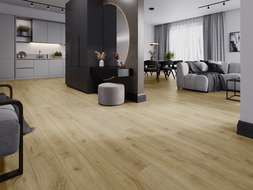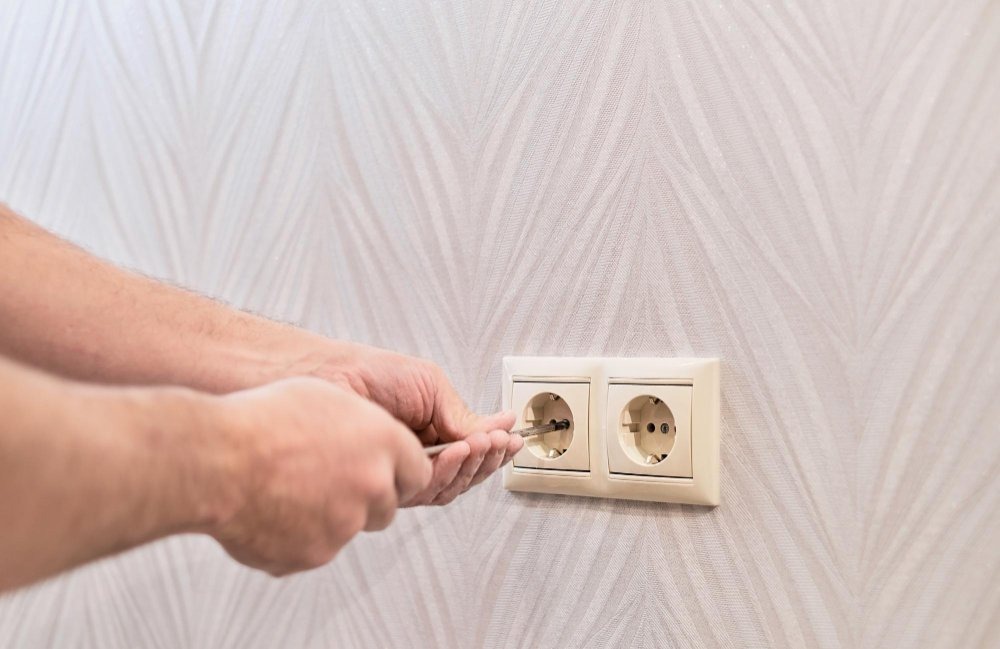
The height of the socket by the sink and in other places in the bathroom has long raised considerable interest. It is worth remembering that the proper placement of sockets in the bathroom is not only a matter of aesthetics but also of safety and functionality. When deciding where to install sockets, one should consider building regulations, safety standards, and user convenience. The proper height and arrangement of sockets affect the comfort of using electrical devices, such as hair dryers, shavers, or electric toothbrushes. If, however, you do not have time to delve into this topic by sifting through various guides, check out ours, which you will find below! Specifically for you, we have gathered the most important information in one place, and by following them, you will gain the assurance that your bathroom will be perfectly tailored to your needs.
What will you learn from this article?
- What should be the height of the socket by the sink in the bathroom?
- What places in the bathroom are the safest for socket installation?
- How to plan the optimal placement of sockets to make the space stylish and functional?
- What regulations apply to installing sockets in damp rooms?
The height of the socket by the sink and beyond – basic rules
One of the key elements when planning bathroom sockets is choosing the appropriate height for their installation. It is not only a matter of aesthetics but primarily safety. There are specific rules in the bathroom, resulting from building regulations, aimed at protecting against hazards arising from the contact of water with electricity, as it indeed flows through electrical sockets – essential elements in the bathroom. So remember that the recommended height for socket installation is:
- 50-150 cm above the floor – this is the minimum height for a socket that provides convenient access to electrical outlets while minimizing the risk of contact with water,
- distance from the water source – at least 60 cm – according to regulations, electrical sockets must be installed at least 60 cm away from the wet zone,
- electrical sockets by the sink – at least 30 cm from the edge – this helps avoid direct contact with water while washing hands.
Do not forget that the recommended height for sockets in the bathroom may vary depending on the function of the bathroom itself. In the case of a children's bathroom, sockets should be installed higher to prevent their unsafe use by the youngest. Especially since they often “like” to reach with their hands where they should not.
Where to place sockets in the bathroom to maintain the proper distance?
The placement of sockets in the bathroom requires careful planning. To ensure that the space is functional and safe, and access to electrical devices is problem-free, one should avoid installing sockets in places exposed to direct contact with water, such as inside the shower cubicle, above the bathtub, or near an open shower. If you act otherwise, you endanger yourself and your loved ones with very serious hazards – even in the form of losing health or life.
The best places for sockets in the bathroom:
- by the sink – away from direct contact with water, but at a convenient distance for plugging in a hairdryer or razor,
- next to bathroom cabinets – sockets in the bathroom can be hidden in cabinets, allowing for discreet installation and easy connection of, for example, an electric toothbrush,
- by the mirror – an ideal place for socket installation if you often use specific electrical devices for hair styling – especially a hairdryer.
A stylish bathroom space can also be practical — just plan the placement of sockets so that they are not visible, while also being easily accessible. A great solution is to use built-in sockets in bathroom furniture, for example, in cabinets under the sink.
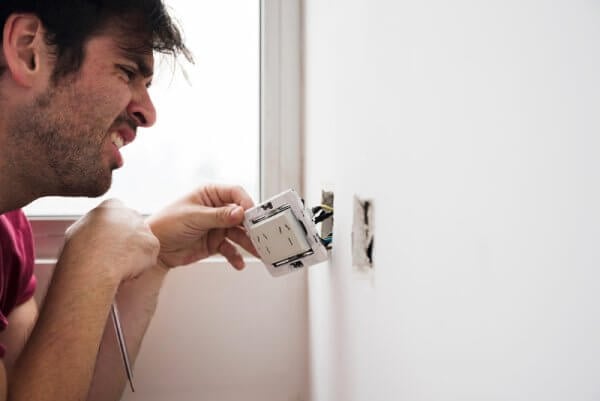
Protection zones in the bathroom – do not forget about them when installing electrical sockets
Installing electrical sockets is a process in which it is crucial to consider the so-called protection zones. These zones are intended to protect users from electric shock in the humid environment of the bathroom.
- zone 0 – inside the bathtub or shower cubicle. In this zone, no electrical sockets or devices under voltage can be installed to ensure safety for yourself and your loved ones.
- zone 1 – directly above the bathtub or shower. In this zone, sockets cannot be installed, but devices with suitable waterproof classes may be located here,
- zone 2 – 60 cm away from the bathtub or shower. Here, sockets can be installed in the bathroom, provided they have appropriate moisture protection (e.g., IP44),
- zone 3 – beyond the reach of direct contact with water (more than 60 cm from the wet zone). In this zone, standard sockets can be installed to ensure the desired level of safety for your family.
How to plan a stylish space with sockets in the bathroom?
Aesthetically placing sockets is key to a stylish bathroom. Modern sockets in the bathroom can become a decorative element, especially if you choose designer models with a minimalist finish. When planning the arrangement of the bathroom, consider a few aspects that will definitely help you achieve the desired effects:
- Matching the power sources of electrical devices to the bathroom color scheme – by choosing sockets in the color of the walls or tiles, you can subtly incorporate them into the space.
- Hidden sockets in the bathroom – in modern bathrooms, sockets are often hidden in furniture or under the countertop, making them less visible.
- Sockets in the bathroom with a protective flap – these not only increase safety but can also serve a decorative function, especially in retro-style bathrooms.
Proper placement of electrical sockets helps maintain harmony and stylistic coherence throughout the bathroom. And for this reason, it is important to ensure that sockets are in the most appropriate places for them. Otherwise, using them may not only be difficult but also carry the risk of losing health or even life.
How to minimize the risk of electric shock when using electrical devices?
When planning the placement of a socket in the bathroom, it is worth following a few simple rules that can significantly reduce the risk of electric shock for both adults and children:
- install sockets in easily accessible places, but away from direct contact with water,
- use sockets with moisture protection (IP44 or higher),
- pay attention to the aesthetics of the sockets — choose models that match the bathroom style.
Electrical sockets – summary
In summary, the proper arrangement and height of bathroom sockets is the key to functionality and safety. It is worth remembering to adhere to the recommended distances from water sources, install sockets in the bathroom at the appropriate height, and follow the required safety standards. This way, the bathroom will not only be aesthetic but also safe and comfortable for daily use in maintaining personal appearance and hygiene.
Before proceeding to the next stages of work, remember how far the minimum distance of the socket from the sink, the floor, or water sources like the shower should be. Sockets should be easily accessible for their adult users while being appropriately “hidden” from the youngest to reduce the risk of “kicking” by electricity in the bathroom. The installation of a socket in the bathroom does not pose a significant problem for those who enjoy such work and have the appropriate experience in carrying them out.
And if you want to learn more about how to ensure that daily functioning in the bathroom is as comfortable and safe as possible, check out our other guides, including one where we describe how to connect water to the WC frame. More will be appearing over time, so we encourage you to regularly visit the blog we run with all DIY enthusiasts and beyond in mind.

